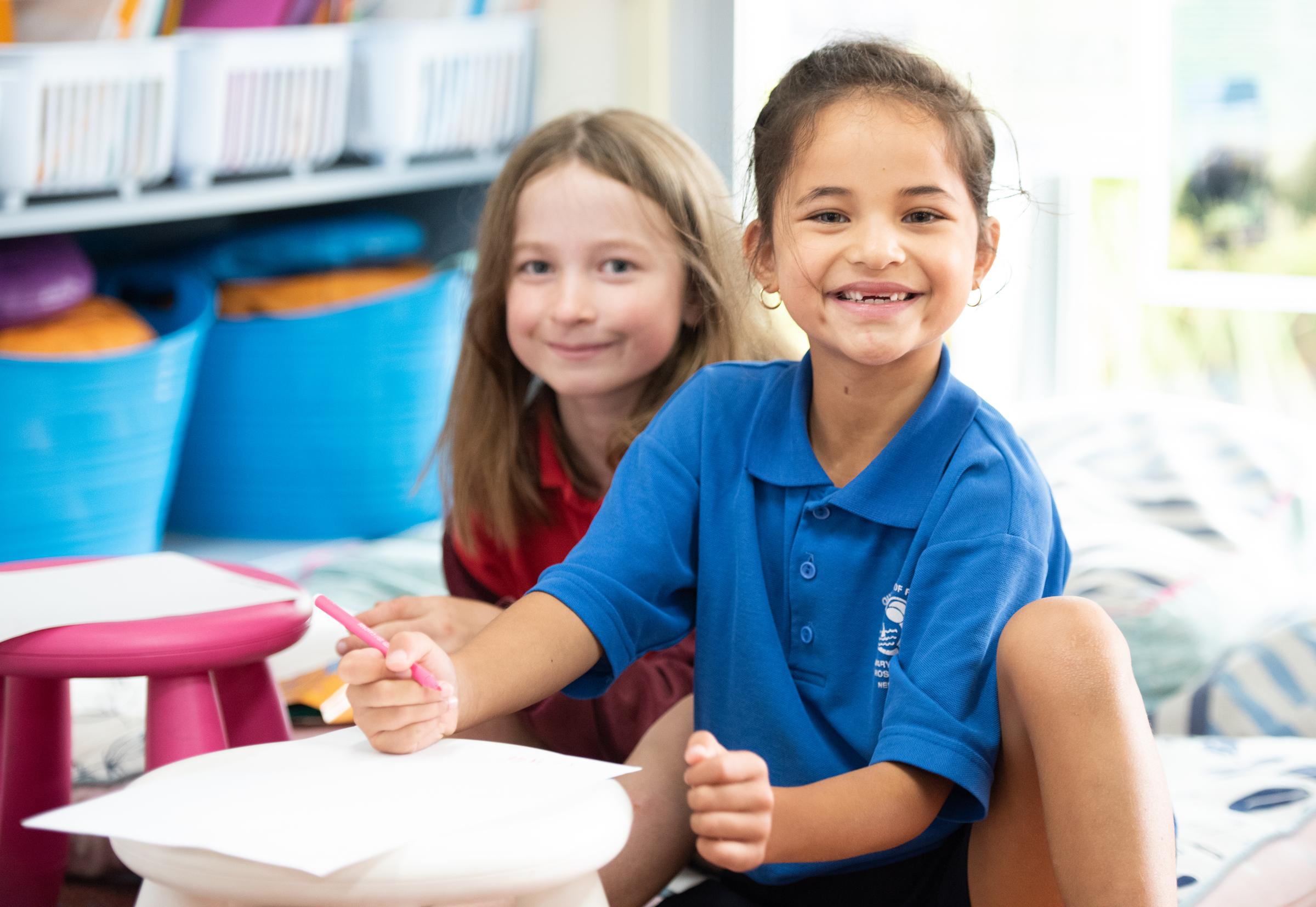Learning Hub and Wellbeing Update
'The Hub has become a real asset in our school, highly valued by staff and students alike.'

Learning Hub and Wellbeing Update
'The Hub has become a real asset in our school, highly valued by staff and students alike.'
ABOUT THE AUTHOR- Michael Grose www. parentingideas.com.au
Michael Grose is one of Australia’s most respected experts on parenting and bringing schools and parents together. He’s also the founder of Parenting Ideas, one of Australia’s most trusted sources of parenting education and resources for schools. Michael is a former primary school teacher with 15 years of experience and a parenting educator with 30 years of experience. Michael continues to help teachers, students and parents through a collection of resources designed specifically for school communities.
Find out more at parentingideas.com.au.
Research shows that childhood anxiety left unmanaged will almost certainly re-emerge, highlighting the importance of early detection and management. Teachers, as first responders, play an important role by minimising the impact of stressful moments before they lead to full-blown anxiety.
Recognise anxiety triggers
Recognising the events that trigger anxiety is the first step to helping students to manage their stress. Rapid or unpredictable change, new social situations, unfamiliar events and difficult experiences are the most common anxiety stressors for students.
Know how anxiety shows
Stress and anxiety show in many ways however, most students display anxiety behaviours that are specific to them. Typically, anxiety shows through physical signs such as chest pains, nausea and headaches. Anxiety can be observed through behavioural clues such as aggression, concentration difficulties, constant fiddling and agitation. Worrying, overthinking and catastrophising are also common in children who experience anxiety. Knowing how anxiety shows in a student will alert you to respond appropriately with support and understanding.
Anxious students fall into two distinct groups – avoiders and over-planners. The former will do almost anything to avoid the situations that make them anxious and the latter will exhaust themselves with their meticulous planning so they can cope.
Give kids tools to manage their states
Anxiety needs managing so students can get on with their lives rather than become overwhelmed by stress and worry. Providing children and young people with tools to manage their thinking and their emotional and physical states prevents anxiety from becoming debilitating. Management tools such as deep breathing, mindfulness and exercise as well as techniques for handling anxiety-inducing thoughts helps minimise the impact of stress.
Help them understand how anxiety works
Children who understand what happens in their brains and bodies when they are stressed are better able to manage their anxious states. Providing students with a thorough knowledge of how anxiety works and how it shows empowers them to push their worries into the background while they get on with their lives. Managing anxiety takes practice but it’s absolutely essential if students are to flourish rather than become overwhelmed by stress and worry. Refer and seek expert assistance and support early, if you are concerned about a student.
In closing
Stress and anxiety have accelerated with the impact of the Coronavirus pandemic. The growing rate of anxiety is no one’s fault, however it does mean that teachers need to become more knowledgeable about how anxiety works, how it shows and how they can help their students.
Dimity Hemingway
Learning Diversity Leader